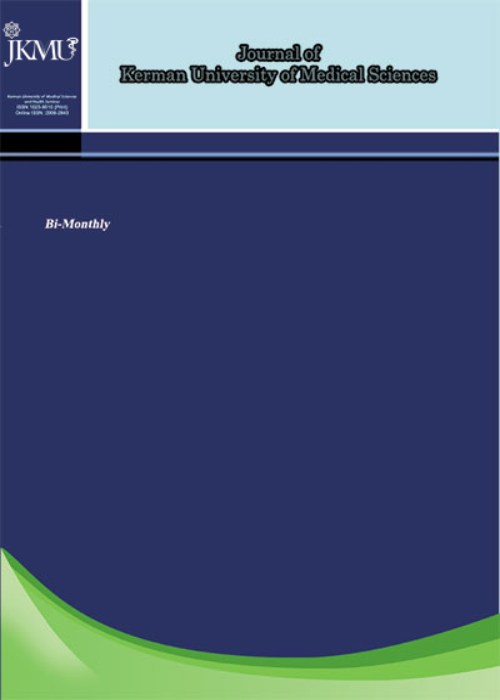The evaluation of dietary protein intake by calculation of urea generation rate in chronic dialysis patients in Kerman, 2002
Author(s):
Abstract:
Malnutrition is a common problem in chronic dialysis patients. There are several methods for nutritional assessment of hemodialysis patients, such as calculation of urea generation rate. As urea is produced from proteins catabolism and there is a linear correlation between urea generation and protein catabolic rate (PCR), PCR can be calculated by considering urea nitrogen appearance during the interdialytic interval. In a neutral nitrogen balance dietary protein intake and PCR are approximately equal. The present study was done on 44 choronic dialysis patients in Kerman/Iran. Clinical data were collected during 2 consecutive dialysis sessions. PCR was calculated by using urea nitrogen appearance between 2 dialysis sessions and dialysis interval. The mean±SD PCR was 0.97±0.85 gr/kg/day. Based on the results, in 54% of these patients PCR was lower than 1 gr/kg/day so they had severe malnutrition. The relationships of PCR and age, education, renal failure’s etiology and serum albumin were not significant. The mean PCR of females was significantly lower than that of males (P<0.05). There was a significant inverse correlation between PCR and duration of conservative management with hemodialysis (P<0.05). The relationship of PCR and dialysis frequency was also significant (P<0.05). The mean dialysis adequacy was 0.58±0.35 (Mean±SD), while in several studies the dialysis adequacy of greater than 1.2 has been suggested as optimal. There was a strong correlation between dialysis adequacy and PCR (P<0.05). Considering the PCR of 1-1.2 g/kg/24h as the optimal rate for hemodialysis patients, our subjects suffered from malnutrition. Malnutrition was more common in females and in patients with longer duration of conservative management with hemodialysis. In this study the values of PCR and serum albumin were not the same for the evaluation of nutritional status. Inadequate hemodialysis was the most important cause of malnutrition in our hemodialysis patients. so improvement in dialysis adequacy can improve anorexia and nutritional status and decrease the rate of mortality in these patients.
Language:
Persian
Published:
Journal of Kerman University of Medical Sciences, Volume:11 Issue: 4, 2005
Pages:
188 to 196
magiran.com/p218045
دانلود و مطالعه متن این مقاله با یکی از روشهای زیر امکان پذیر است:
اشتراک شخصی
با عضویت و پرداخت آنلاین حق اشتراک یکساله به مبلغ 1,390,000ريال میتوانید 70 عنوان مطلب دانلود کنید!
اشتراک سازمانی
به کتابخانه دانشگاه یا محل کار خود پیشنهاد کنید تا اشتراک سازمانی این پایگاه را برای دسترسی نامحدود همه کاربران به متن مطالب تهیه نمایند!
توجه!
- حق عضویت دریافتی صرف حمایت از نشریات عضو و نگهداری، تکمیل و توسعه مگیران میشود.
- پرداخت حق اشتراک و دانلود مقالات اجازه بازنشر آن در سایر رسانههای چاپی و دیجیتال را به کاربر نمیدهد.
In order to view content subscription is required
Personal subscription
Subscribe magiran.com for 70 € euros via PayPal and download 70 articles during a year.
Organization subscription
Please contact us to subscribe your university or library for unlimited access!


